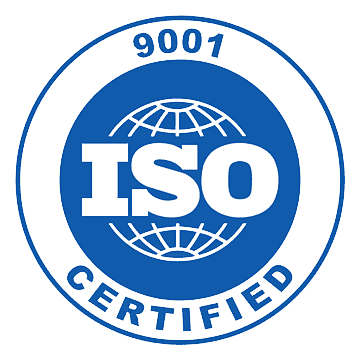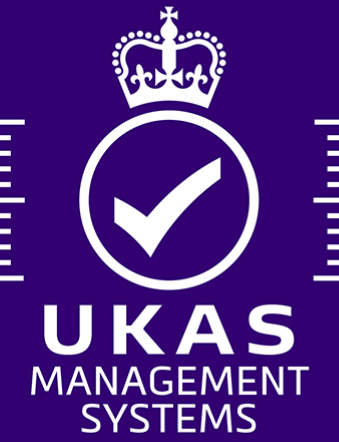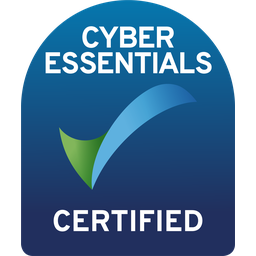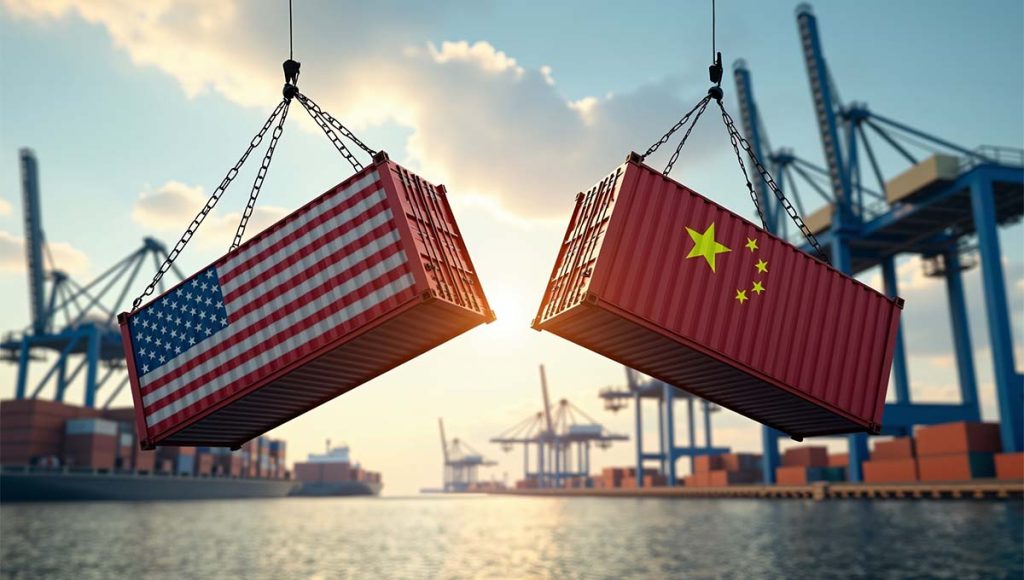
Trade tariffs have a significant impact on global commerce, influencing everything from raw materials to finished electronics. Governments use trade tariffs to regulate international trade and protect domestic industries, but for businesses, they can present challenges such as import duties, supply chain disruptions and rising production costs.
In the electronics sector, trade tariffs on components such as semiconductors and printed circuit boards (PCBs) can drive up manufacturing costs, disrupt supply chains and affect pricing strategies. For companies operating in this fast-moving industry, understanding how trade tariffs work and how to minimise their impact is essential for maintaining a competitive edge.
In this guide, we explore key questions surrounding trade tariffs and their impact on the electronics industry. We also look at the practical ways businesses like Corintech are adapting to reduce costs and manage risks more effectively.
1) What are the 4 types of trade tariffs?
There are four main types of trade tariffs that governments impose to regulate imports and exports, each with distinct methods of calculation. Here’s a breakdown of each:
Ad Valorem Tariffs
Ad valorem tariffs are calculated as a percentage of the value of the good. For example, if a product is worth £100 and the tariff is 10%, the importer will have to pay £10. If the product’s value increases to £150, the tariff increases to £15. This type of tariff is commonly used in international trade to adjust for price fluctuations across various product categories.
Specific Tariffs
A specific tariff is a fixed charge that is applied regardless of the value of the item. This type of tariff is calculated on a per-unit basis. For example, if the tariff on 1 kilogram of fish is £0.23, the importer will pay £0.23 for each kilogram of fish imported, no matter the price of the fish itself. Specific tariffs are often applied to bulk commodities such as raw materials or agricultural products.
Compound Tariffs
Compound tariffs combine both ad valorem and specific tariffs. For example, a product like chocolate may be subject to either £2 per pound or 17% of its value, depending on which generates more revenue for the government. This ensures that the tariff structure maximises revenue for both low- and high-value goods.
Mixed Tariffs
A mixed tariff also combines both ad valorem and specific tariffs, but both are applied simultaneously. For example, chocolate might be subject to a £10 per pound tariff, along with an additional 3% of its value. This dual approach ensures that the tariff captures both the quantity and the value of the product, further regulating the import process.
Understanding the different types of trade tariffs is essential for businesses navigating international trade. Whether you are dealing with bulk commodities, finished products, or electronics, knowing how each tariff type works helps you calculate costs accurately and plan your import/export strategy to avoid unexpected fees.
2) Do trade barriers include tariffs?
Yes, tariffs are a type of trade barrier that makes imported products more expensive than domestic ones. Tariffs typically come in the form of taxes or duties levied on importers, and these costs are eventually passed on to consumers. Governments impose tariffs to protect domestic industries, regulate trade, and generate revenue.
Other types of trade barriers
While tariffs are a significant trade barrier, governments also implement non-tariff barriers (NTBs), including:
- Import Quotas – Restrictions on the number of goods allowed into a country.
- Subsidies – Government financial aid to domestic businesses, making local products more competitive.
- Import Licences & Regulations – Special requirements for specific imports, often increasing bureaucracy and costs.
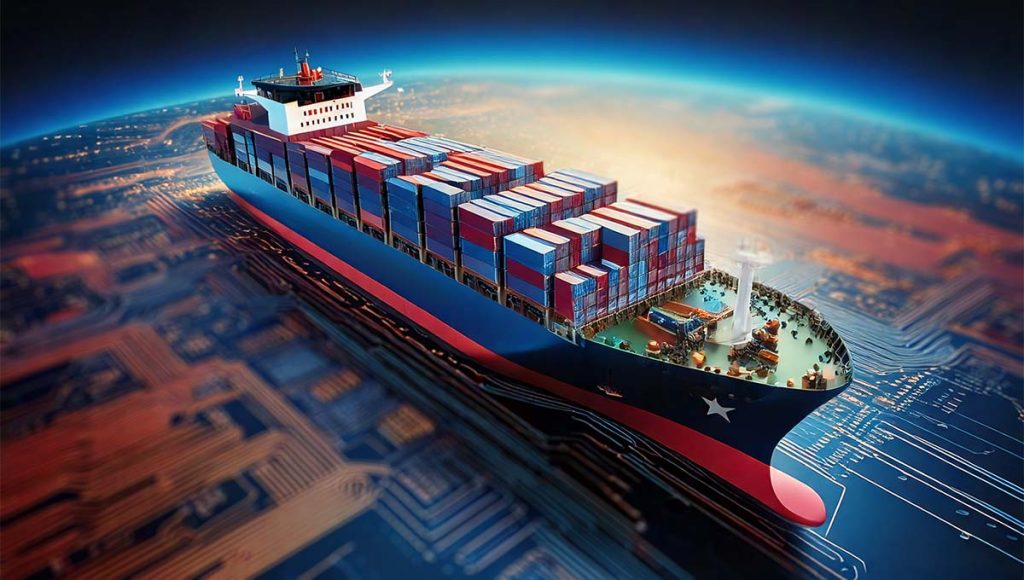
3) Will electronics be affected by tariffs?
Yes, electronics are significantly impacted by trade tariffs, as many components rely on global supply chains. Since the first Trump administration, tariffs have shifted from selective to across-the-board taxes on all Chinese imports, affecting raw materials, semiconductors, and circuit boards. This raises costs for manufacturers, distributors, and consumers, making sourcing strategies crucial for maintaining competitive pricing.
At Corintech, we strategically navigate trade tariffs to minimise costs and maintain competitive pricing. With China imposing high tariffs on electronic components, we source from outside China to avoid excessive import and export duties, ensuring cost-effective production.
For UK exports, lower tariff rates make international distribution more affordable. By optimising our supply chain and selecting tariff-friendly sourcing routes, we help businesses reduce costs and stay competitive. With deep expertise in global trade and supply chain management, Corintech ensures high-quality, cost-efficient electronic solutions despite fluctuating tariff policies.
4) What is the tariff on electronics imported from China to the UK?
Importing electronics from China to the UK involves navigating specific tariffs and taxes that can impact overall costs:
Customs Duty: For goods valued over £135, the UK imposes customs duties. The exact rate for electronic items varies based on their specific commodity code, typically ranging from 0% to 12%. To determine the precise duty rate for your product, you can use the UK government’s Tariff Look-Up Tool.
Value Added Tax (VAT): In addition to customs duty, a standard VAT of 20% is applied to the total value of the goods, which includes the cost of the goods, insurance, freight (CIF), and any applicable duty. For example, if the total cost of your imported electronics is £1,000 and the customs duty is £50, the VAT would be 20% of £1,050, equating to £210.
It’s essential to accurately classify your electronic products to apply the correct duty rates and comply with UK import regulations. Misclassification can lead to delays and potential penalties.
For a more detailed calculation, you can use the UK Import Duty Calculator provided by Wise.
By staying informed about these tariffs and taxes, you can better anticipate costs and ensure compliance when importing electronics from China to the UK.
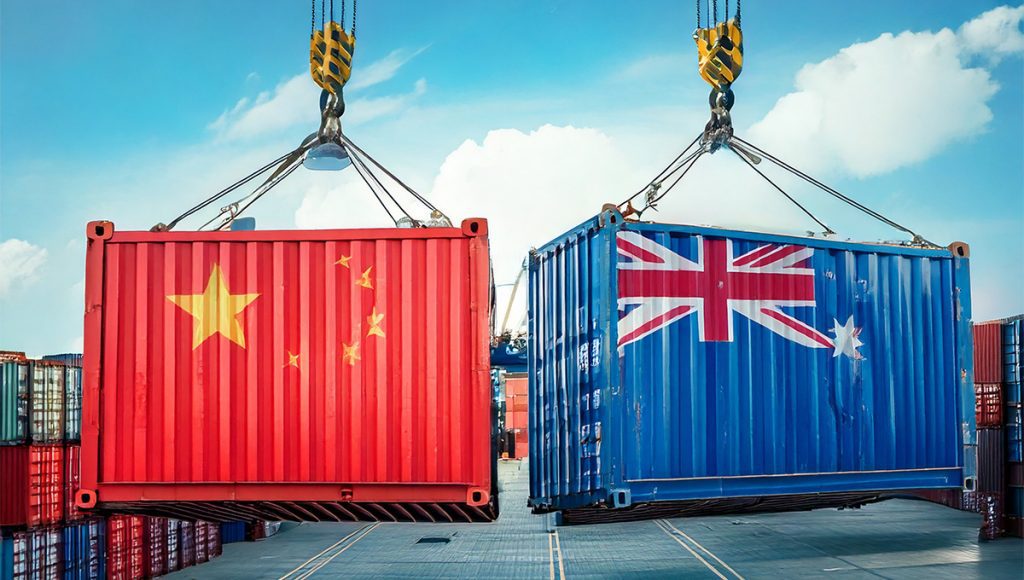
5) What are the tariffs on printed circuit boards (PCBs)?
When importing Printed Circuit Boards (PCBs) into the UK, the applicable tariffs and taxes are as follows:
Customs Duty:
The duty rate for PCBs typically ranges from 0% to 5%, depending on the specific classification under the UK Trade Tariff. To determine the exact rate, you must use the appropriate commodity code for your product.
Value Added Tax (VAT):
Rate: A standard 20% VAT is applied to goods valued over £135. This tax is calculated on the total value of the goods, including customs duty, shipping, and insurance costs (gov.uk).
Ensure accurate classification of your PCBs to apply the correct duty rate and avoid penalties or delays (UK Trade Tariff).
For detailed information and updates on tariff rates, refer to the UK Trade Tariff.
6) When did China's 25% tariff start?
The 25% trade tariff on Chinese goods was first introduced by the United States on 6th July 2018 as part of an escalating trade war. This initial tariff targeted £27 billion ($34 billion) worth of imports, including electronic components, industrial machinery, and automotive parts. Over time, further tariffs were imposed, significantly impacting global supply chains.
For businesses in the electronics industry, these tariffs have increased costs and forced companies to rethink their supply chains. At Corintech, we actively manage these challenges by sourcing from cost-effective suppliers in tariff-friendly regions, helping our customers avoid unnecessary expenses and maintain competitive pricing.
As global trade policies continue to evolve, staying informed about trade tariffs is essential. Corintech’s expertise in strategic sourcing and international trade ensures we can offer cost-effective solutions despite fluctuating tariff regulations.

7) Do trade barriers include tariffs?
Yes, tariffs are a major type of trade barrier used by governments to regulate international trade. A trade barrier is any restriction that makes importing or exporting goods more difficult or expensive. Tariffs—which are taxes or duties imposed on imported goods—are one of the most common trade barriers, increasing the cost of foreign products to protect domestic industries.
Other types of trade barriers include quotas, subsidies, and import restrictions, all of which can limit the free flow of goods and affect global supply chains. Businesses that rely on international sourcing, like Corintech, must navigate these barriers strategically to minimise costs and maintain competitive pricing. By sourcing components from tariff-friendly regions, Corintech helps customers avoid excessive duties while ensuring a reliable supply of high-quality electronic components.
Conclusion
Trade tariffs have a considerable impact on the electronics industry, influencing import costs, disrupting supply chains, and shaping pricing strategies. Tariffs on Chinese imports, such as printed circuit boards (PCBs), semiconductors, and raw materials, mean businesses must adopt a strategic approach to sourcing and supply chain management.
Understanding how tariffs work, and sourcing strategically can help companies control costs and stay competitive. At Corintech, we work closely with businesses to navigate complex trade regulations, source components cost-effectively, minimise tariff exposure, and streamline global distribution.
As global trade policies continue to evolve, staying informed and adapting sourcing strategies will be key to long-term success. Businesses that take a proactive approach to managing tariffs won’t just reduce costs — they’ll also strengthen their position in an increasingly competitive global market.

